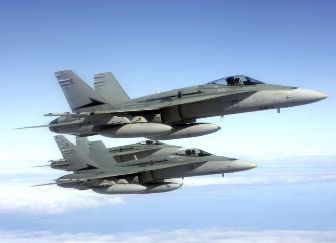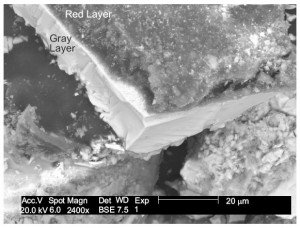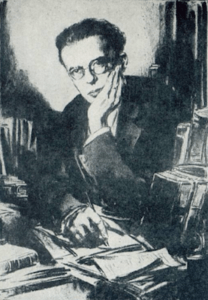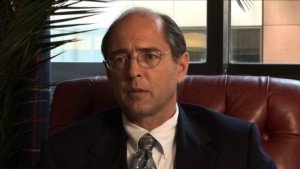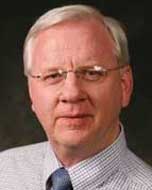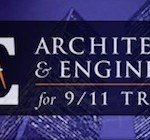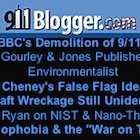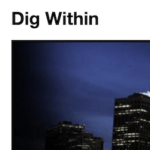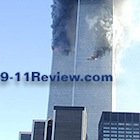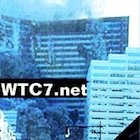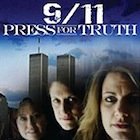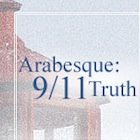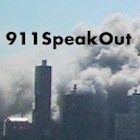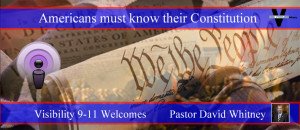DOWNLOAD: NIST Response to Request for Correction, 09/27/07
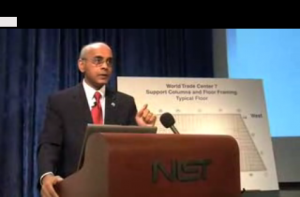 October 6, 2005: NIST Refuses to Show Computer Visualizations of WTC Collapses
October 6, 2005: NIST Refuses to Show Computer Visualizations of WTC Collapses
The British publication New Civil Engineer reports that, despite calls from leading structural and fire engineers, WTC collapse investigators with the National Institute of Standards and Technology (NIST) are refusing to show computer visualizations of the Twin Towers’ collapses. Despite having shown detailed computer generated visualizations of the plane impacts and the development of fires in the WTC at a recent conference, it showed no visualizations of the actual collapse mechanisms of the towers. Colin Bailey, a professor of structural engineering at the University of Manchester, complains, “NIST should really show the visualisations; otherwise the opportunity to correlate them back to the video evidence and identify any errors in the modelling will be lost.” A leading US structural engineer says that NIST’s “global structural model” is less sophisticated than its plane impact and fire models: “The software used has been pushed to new limits, and there have been a lot of simplifications, extrapolations and judgement calls.” [New Civil Engineer, 10/6/2005]
September 27, 2007: NIST Says It Cannot Explain the Total Collapse of the World Trade Center
In a reply to criticisms of its World Trade Center investigation, the National Institute of Standards and Technology (NIST) admits that it is unable to fully explain the total collapse of the Twin Towers on 9/11. NIST’s letter is a response to a “request for correction” letter sent to it five months earlier by Bob McIlvaine and Bill Doyle, who both lost family members on 9/11, along with scientists Kevin Ryan and Steven E. Jones, architect Richard Gage, and the group Scholars for 9/11 Truth and Justice. This letter made several assertions about NIST’s final reports of its WTC investigation, and suggested they had violated the Data Quality Act and NIST’s information quality standards. NIST’s reply denies the requests for corrections. However, it also mentions, “[W]e are unable to provide a full explanation of the total collapse” of the World Trade Center. [National Institute of Standards and Technology, 9/27/2007 ] In its final report on the Twin Towers collapses, released in October 2005, NIST admitted that its investigation did “not actually include the structural behavior of the tower after the conditions for collapse initiation were reached and collapse became inevitable” (see October 26, 2005). [National Institute of Standards and Technology, 9/2005, pp. 82 ]
November 20, 2008: NIST Releases Final Report on WTC 7 Collapse, Repeats Conclusions of Earlier Draft Report
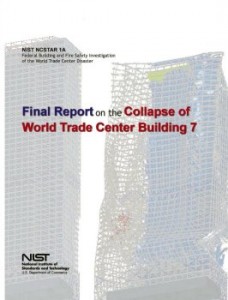 NIST’s ‘Final Report on the Collapse of World Trade Center Building 7.’ [Source: National Institute of Standards and Technology.]The National Institute of Standards and Technology (NIST) releases the final report of its three-year investigation of the collapse of World Trade Center Building 7, the 47-story skyscraper which collapsed late in the afternoon of 9/11 (see (5:20 p.m.) September 11, 2001). This is the completed version of the report, and comes three months after a draft version was released for public comment (see August 21, 2008). NIST states that the new report “is strengthened by clarifications and supplemental text suggested by organizations and individuals worldwide in response to the draft WTC 7 report.” NIST conducted an additional computer analysis in response to comments from the building community, and made several minor amendments to the report. But, it says, “the revisions did not alter the investigation team’s major findings and recommendations, which include identification of fire as the primary cause for the building’s failure.” With the release of this report, NIST has completed its six-year investigation of the World Trade Center collapses, which it commenced in August 2002 (see August 21, 2002). The final report of its investigation of the Twin Towers’ collapses was published in October 2005 (see October 26, 2005). [National Institute of Standards and Technology, 11/20/2008; Occupational Health and Safety, 11/25/2008]
NIST’s ‘Final Report on the Collapse of World Trade Center Building 7.’ [Source: National Institute of Standards and Technology.]The National Institute of Standards and Technology (NIST) releases the final report of its three-year investigation of the collapse of World Trade Center Building 7, the 47-story skyscraper which collapsed late in the afternoon of 9/11 (see (5:20 p.m.) September 11, 2001). This is the completed version of the report, and comes three months after a draft version was released for public comment (see August 21, 2008). NIST states that the new report “is strengthened by clarifications and supplemental text suggested by organizations and individuals worldwide in response to the draft WTC 7 report.” NIST conducted an additional computer analysis in response to comments from the building community, and made several minor amendments to the report. But, it says, “the revisions did not alter the investigation team’s major findings and recommendations, which include identification of fire as the primary cause for the building’s failure.” With the release of this report, NIST has completed its six-year investigation of the World Trade Center collapses, which it commenced in August 2002 (see August 21, 2002). The final report of its investigation of the Twin Towers’ collapses was published in October 2005 (see October 26, 2005). [National Institute of Standards and Technology, 11/20/2008; Occupational Health and Safety, 11/25/2008]Sunder on What Controlled Demolition Looks Like
Sunder on What Controlled Demolition Looks Like (see video comments)

